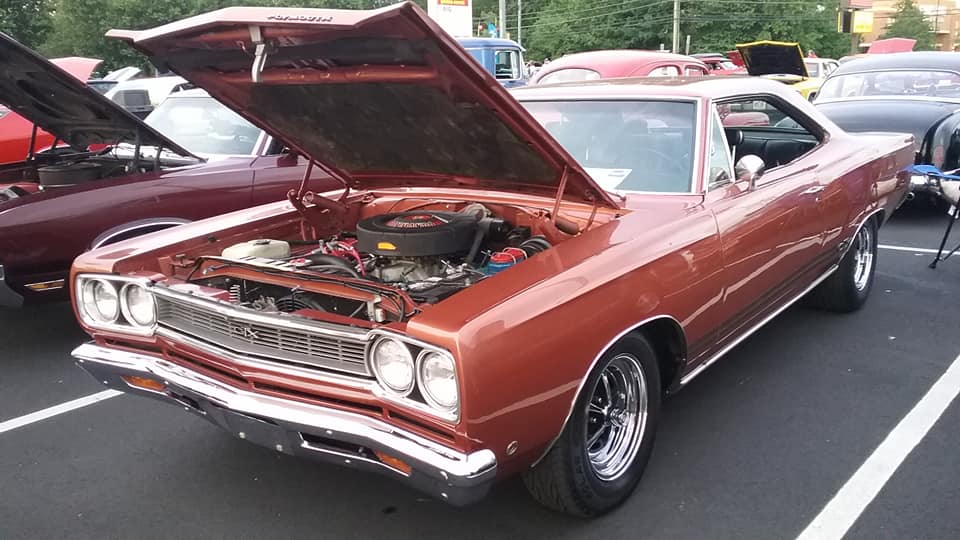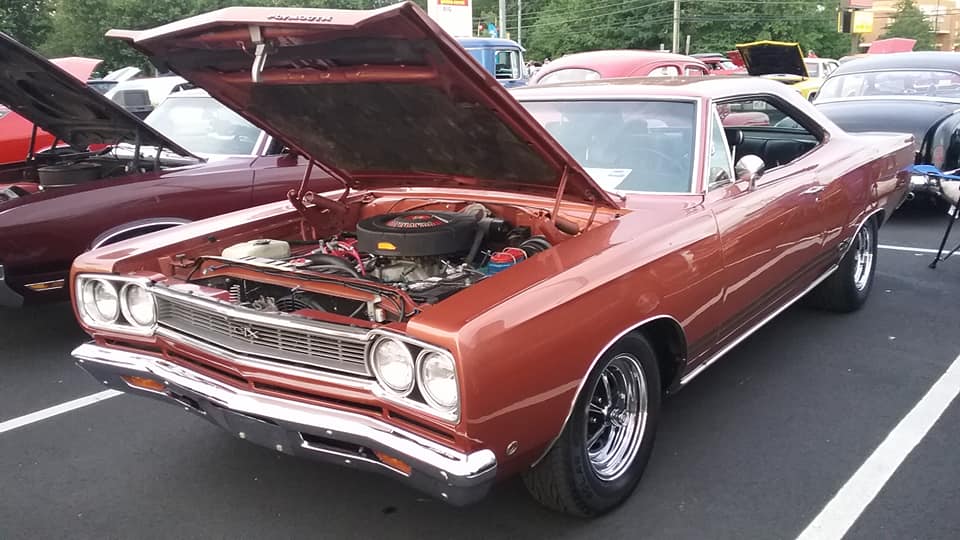Car: Plymouth GTX 440 Hardtop Coupe
Year: 1968
What makes it special: With the hot new Road Runner anchoring the lower rungs, a familiar name returned to top off Plymouth’s midsize muscle car ladder. For its second season in 1968, the Plymouth GTX moved to the same redesigned Belvedere platform used by the Road Runner. In keeping with its upscale mission, the 1968 Plymouth GTX featured two-door hardtop and convertible body styles; the ’68 Road Runner started with a pillared coupe and didn’t offer a ragtop.
What made it famous: The 1968 Plymouth GTX carried over its ’67 powertrains. The 375 bhp Magnum 440 cid 4-barrel was standard, with the take-no-prisoners 425 bhp 426 Hemi the sole engine option. TorqueFlite automatic, an extra on the Road Runner, was standard on the GTX, and the 4-speed manual was a no-cost alternative. Both had similar suspension upgrades and wide-oval rubber; front disc brakes and a limited-slip rear were shared options. Nonfunctional hood vents also were common to both
Why I would want one: Having creature comforts with all that power makes me love the GTX.
Fun fact: The 440, which wasn’t offered on the Road Runner, was easier to keep in tune. And unlike the rev-hungry Hemi, the big wedge churned out a surplus of low-end torque for unparalleled response on the street.



































